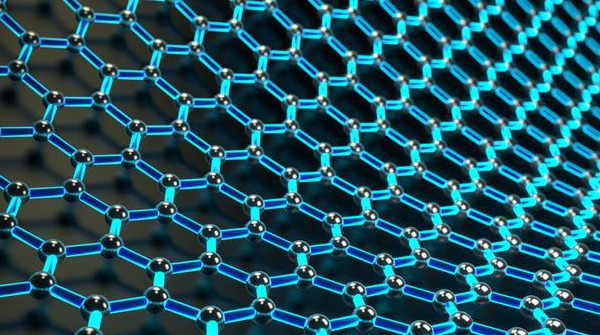In a landmark study, researchers have found that a graphene film could be applied as a coolant for electronic equipment. This is an improvement over previous methods aimed at getting rid of extra heat from an overheated equipment.
It was years ago that researchers had observed the impact of graphene in having a cooling effect on silicon-based technology. However, this technique was fraught with problems.
Since this existing technique consisted of only of a few layers of thermal conductive atoms, it could not be used to rid electronic devices off great amounts of heat.
However, the current innovation wherein you add more layers of graphene, along with creating strong covalent bonds between the graphene film and the surface (electronic component made of silicon), another problem gets solved automatically. This is the problem with adhesiveness that arose when more layers of graphene were added, with no associated strong bonds.
This graphene film effectively functions as a coolant, preventing devices to heat up to the point where they start to malfunction and ultimately, collapse. The new special material has a conductivity that is many times that of copper that is a fairly good conductor of electricity. The technique actually uses a layer of molecules called APTES (3-Aminopropyl triethoxysilane), that helps the system reach a capacity of four times the capacity that could be scaled via copper.
The researchers held that this increased thermal capacity could lead to several new applications for graphene. These would include integration of graphene-based film into microelectronic devices and systems, such as highly efficient Light Emitting Diodes (LEDs), lasers and radio frequency components for cooling purposes.












